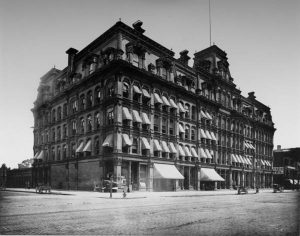
Photos: Here’s What Cleveland Looked Like in 1889 from Cleveland Scene

www.teachingcleveland.org

Tour the tunnels below Cleveland’s Soldiers’ and Sailors’ Monument
by Jean-Marie Papoi
May 3, 2022
 The Shame of the Buckeye State: Journalistic Complacency on Episodic Lynching in Ohio from 1872 to 1932
The Shame of the Buckeye State: Journalistic Complacency on Episodic Lynching in Ohio from 1872 to 1932
by Rounkles M Claire, 2020, Master of Science (MS), Ohio University,
Journalism (Communication)
The link is here
The lynching era in Ohio lasted from 1803 to 1937. During these years thirty-five people died at the hands of a lynch mob and seventy-nine escaped from a mob’s clutches. This thesis situates the history of lynching in Ohio from 1872 to 1932 and discusses the issue of complacent journalism in the Ohio press through a study of twenty-four cases of white-on-white lynching and racial terror lynching. This thesis shows that lynching was employed as a means to enact fear to keep Black Ohioans in a marginalized position and prevent them from prospering economically or politically. The author also argues that journalists were not objective bystanders but were key to the social voice and national conversation that accepted the practice of lynching in America. By utilizing the concept of critical race theory, the author shows that the racist ideal of Whiteness was able to become hidden by seemingly objective reporting, thus allowing the mainstream press to accept the practice of lynching without the guilt of unlawful “justice.” There is also a paucity of research on Harry C. Smith, a Black journalist who pushed for the first anti-lynching law in Ohio. As such, this research aims to make a significant impact not only on the literature involving northern lynchings but also in the history of Ohio and the need to understand its dark past. In 2020 this historical research hold saliency regarding the racial violence which continues today in America.
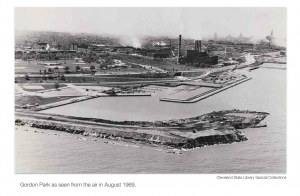 Rockefeller Park: The crown jewel of University Circle; the vision of 19th Century benefactors
Rockefeller Park: The crown jewel of University Circle; the vision of 19th Century benefactors
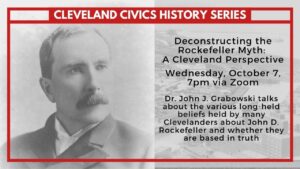
Deconstructing the Rockefeller Myth — A Cleveland Perspective
A talk by Dr. John J. Grabowski, Krieger Mueller Associate Professor of Applied History, Case Western Reserve University
Weds October 7 at 7pm via Zoom
John D. Rockefeller, Did He Forget Cleveland? Dr. Grabowski will talk about the various long held beliefs held by many Clevelanders about John D. Rockefeller and whether they are based in truth
Here is the video
This series is cosponsored by Cleveland History Center, CWRU Siegal Lifelong Learning and the League of Women Voters of Greater Cleveland
photo: Ohio Memory
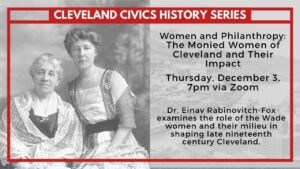
Sponsored by Cleveland History Center, Siegal Lifelong Learning Program at Case Western Reserve University, League of Women Voters-Greater ClevelandPhoto: Cleveland History Center of Ellen Howe Abbott Garretson (1836–1922) and her daughter Ellen Garretson Wade (1859–1917)
Sitting on the corner of Canal and Carter Roads in Cleveland, Ohio is a vacant building towered over by modern buildings. It was once a depot for the Baltimore & Ohio Railroad built in 1898 and was in service until 1934 when the B&O moved passenger service into the Cleveland Union Terminal. Sherwin Williams purchased the building in 1975 and converted their old paint plant a short distance east of the depot into their Breen Technology Center. There have been multiple attempts to restore the building in the past but none have ever worked out. With Sherwin Williams now planning to move their technology center elsewhere, will the depot be demolished? Or will it hopefully be saved and restored or reutilized for other purposes?
Documentary written and produced by Gladys Haddad in conjunction with University Hospitals of Cleveland
The script developed by Gladys Haddad for the video production: “Samuel and Flora Stone Mather-Partners in Philanthropy” presented at the Western Reserve Studies Symposium in 1995
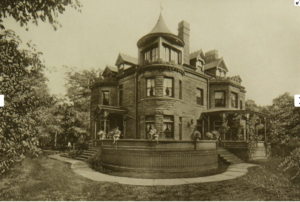
The Politics of Urban Reform in the Gilded Age and Progressive Era, 1870–1920
By ALEXANDRA W. LOUGH*